
|
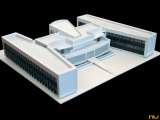
|
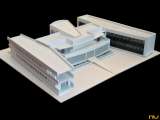
|
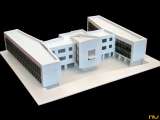
|
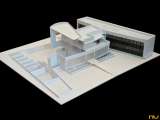
|
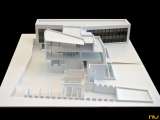
|
|
|
Finsbury Health Center. Plans |
|
Towards 1935 the rate of children mortality in England had reached up to 114 deaths per thousand in rural communities. A series of illnesses were especially hard on working-class neighbourhoods, such as diphtheria, whooping cough, bronchitis and, most of all, tuberculosis. This fact highlighted the vast social gaps of English capitalism. The Finsbury Urban Plan by A.H. Riley set out some solutions for this situation: social and health facilities, housing and open spaces. The Tecton Group, led by Lubetkin, saw in this the longed opportunity for the first modern urban renovation of Great Britain.
Designed by Lubetkin and his group, the Health Centre was opened to the public in 1938. It was located next to an extensive green area along Farringdon Road. The Russian architect exiled to England, forced to the maximum in this building the didactic and communicative sense of architecture, as it was frequent in previous works, he combined modern resources with monumental effects with a hint of classical taste.
The plan of the building takes an H like shape, in which the lateral wings stretch out forwards like two protecting arms that receive the sick, while the auditorium’s round façade seems to announce the positive arrival of the sheltering building to the neighbourhood. To emphasize this eloquent endeavour, the access to the centre is made through a ramp placed in the central axis of symmetry, crossing the lower garden facing the street front, meaning to express the transition from illness to healing. This bridge lands in the main façade, a curved glass block wall built within a brick frame, which accentuates its luminous horizontality.
(F.A.P.) |
|
Anti Tuberculosis Sanatorium
|
|
plans and models made by: 2004- Filipp RamĂrez Sadovsky, Oriol Valls Guinovart |
|
Allan, John (1992). Lubetkin: Architecture and the Tradition of Progress. RIBA Publications. Allan, John y Morley von Sternberg (2002). Berthold Lubetkin. Merrell Publishers. |






